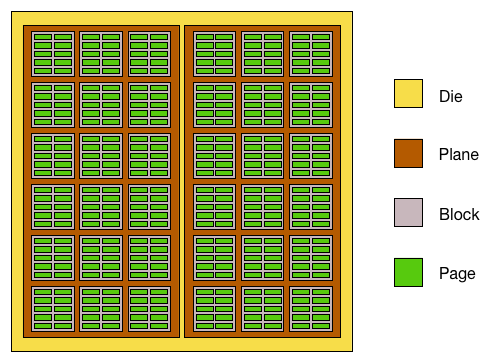Should I enable or disable Trim of SSD?
Solid-state hard drive is called SSD by many people now. Compared with HDD, SSD has become popular among computer users because of its fast writing speed, low reading delay. Although there are subtle differences between different SSDs, the overall low energy consumption and high performance characteristics of SSD have been recognized by the majority of users. Many computer users are also willing to choose SSD when upgrading their own hardware. I must mention a concept here that is the Trim command, because it plays a vital role in the high performance of the SSD.
What is the Trim command? What effect does it have on SSD? Whether computer users want to enable or disable Trim, this article will discuss one by one.
What is Trim?
Trim is a new technology developed by Microsoft in conjunction with major SSD manufacturers. It will tell the SATA interface instructions of the NAND flash solid-state storage device which data to erase. When the data of the relevant page can be overwritten, the operating system will issue a TRIM instruction to the SSD. The SSD controller waits until the host starts the delete and rewrite operations, and then executes the secure erase operation. To put it simply, Trim is an SSD optimization function that solves the problem of speed reduction after SSD use.
What will happen if Trim is enabled?
First of all, let's take a look at the process of reading, writing and erasing data of SSD. SSD mainly consists of four parts: Die, Plane, Block, and Page. The former includes the latter. SSD reads and writes are based on Page, and erase is based on Block.

If the SSD needs to overwrite data to a page with data, the SSD must first erase the block corresponding to the page to make room for new data to be written to this location, then all the blocks in the block Copy page to a new block, and then erase the block to be written.
Before using the Trim function, no matter whether there is old data or deleted data in it, it will be copied to the new block and recombined, which greatly increases the amount of writing.
If the Trim function is used, the SSD can know in advance which content on the Page is useless and can be erased directly. The erased page will not be copied. It's just a simple Trim action, but this process of identifying a large amount of useless data reduces the duplication of useless data, which is equivalent to reducing the write and erasing actions of the SSD, extending the life of the SSD, and improving the operating efficiency of the SSD. The existence of the Trim mechanism enables the solid-state drive to delete, organize, and recycle files more intelligently.
What will happen if Trim is disabled?
Computers process large amounts of data every day. Some users delete unnecessary data. When data is deleted, some users may regret it or find that important data has been deleted by mistake. At this time, the user can recover the deleted data, including files, pictures, etc., through Wise Data Recovery. As long as the user's data is not overwritten or damaged, the recovery rate of Wise Data Recovery is relatively high. Of course, this situation is very effective for HDD.
But for SSD, it is more difficult to recover data. In most cases, it is difficult to find the data that needs to be recovered or the recovered data is blank. The reason for this situation is closely related to the restoration of the Trim command of the SSD.
Generally speaking, the deleted data is not really deleted, but the data is marked with a "deleted" label, and it will only be deleted when the operating system level "disk defragmentation" is executed. In other words, the deleted data can also be restored through data recovery software. However, if the Trim command of the SSD is enabled, once the operating system deletes some data, the solid-state drive will immediately garbage collect the data after receiving the Trim command, and erase the corresponding flash memory when it is idle, so that the data is It's hard to be recovered.
Should I enable or disable Trim of SSD?
Based on the above explanation, I believe users should have an answer in their mind. Everything has two sides.
If users are more inclined to be immersed in the high-speed computer world and extend the service life of the SSD, enabling Trim is the best choice.
However, if users have very important and confidential data in the SSD, they need to be cautious. Users may have to prepare for data loss, although the chance of this happening is very small. Disabling Trim is a safe choice. After all, once the data is deleted, it is difficult to retrieve it.
How to enable or disable Trim of SSD will be discussed in the next article.

.png)
Comments
Post a Comment